Curious to learn more about Polio?
Read on to discover how the disease is spread, its symptoms and the importance of immunization in the fight against poliovirus.
Polio Disease History
Polio has been with us for millennia. Ancient Egyptians created art depicting adults and children walking with canes or limping with withered limbs. Roman Emperor Claudius’ limp is believed to be the result of polio. Even America’s 32nd president, Franklin D. Roosevelt, is believed to have contracted the disease.
Given its prominence in history, it wasn’t until 1894 that the first epidemic was recorded in the United States. During the first half of the 20th century, the disease spread through Europe, North America, Australia, and New Zealand causing widespread devastation.
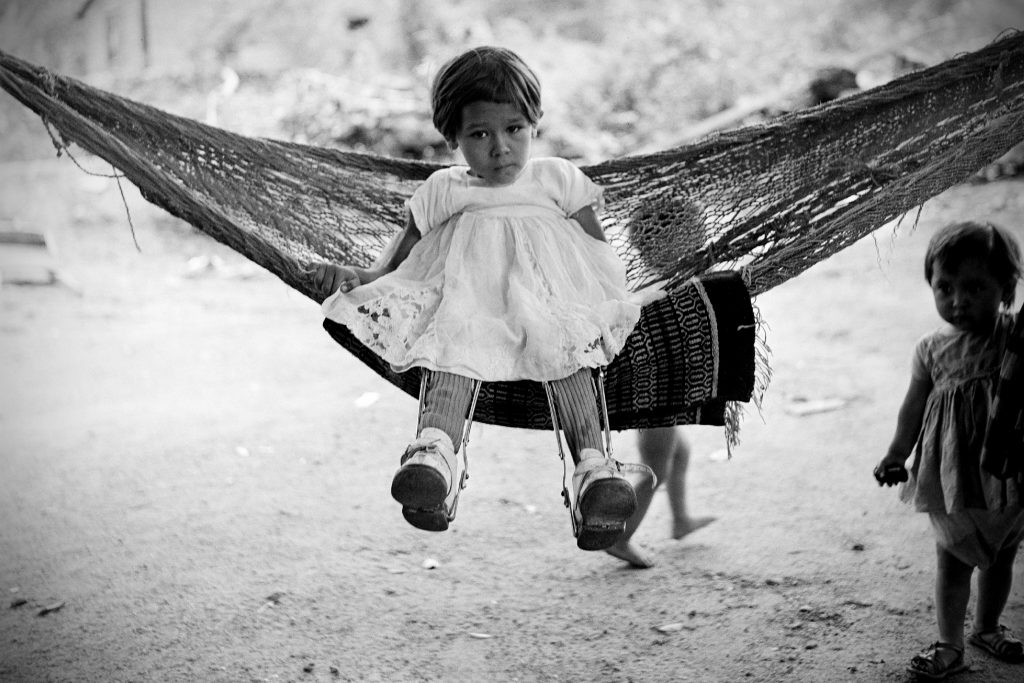
It wasn’t until the 1950s that an effective vaccine was developed. By then, the scars of Polio could be seen and felt in homes across the world. In western and developed nations, Polio vaccination programs were quickly rolled-out – helping bring the disease under control. In a few short decades, Polio was practically eliminated as a public health problem in western countries.
In developing countries, Polio is still a life-threatening illness. It has taken much longer for effective immunization programs to be developed. Without support from humanitarian organisations, like UNICEF, millions of children would not receive their Polio vaccine.
What Is Polio?
Poliomyelitis, commonly known as Polio, is a highly infectious disease which attacks the body’s nervous system. There are three types (type 1,2 & 3) of poliovirus, with type 1 being responsible for about 85% of all paralytic infections.
The main symptoms of Polio are fever, vomiting, muscle stiffness and weakness. Sometimes the virus can attack the nerves in the spine leading to paralysis. In serious cases this can become permanent, leading to a loss of use of the limbs.
Polio can also paralyze the muscles responsible for breathing and swallowing, without medical intervention death is imminent.
Is Polio Contagious?
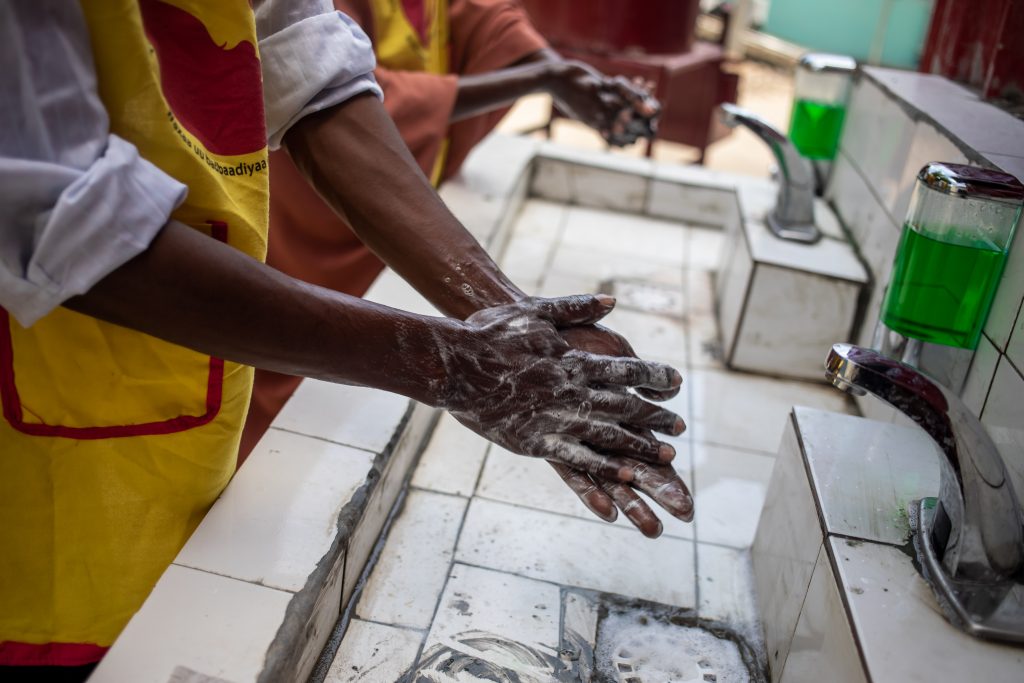
It is a highly infectious disease spread mainly through close contact with an infected person. The virus only affects humans and is spread through the feces of an infected person or via droplets after someone sneezes or coughs.
Infection usually occurs as a result of poor hand washing or through the consumption of contaminated food or water. Unfortunately, a person can be infectious and transmit the virus even before symptoms develop.
What Are the Symptoms of Polio?
Polio disease may cause mild or very severe symptoms. Some people may have no symptoms, a mild headache, a general feeling of being unwell or a fever.
Others may have serious symptoms such as meningitis (where the lining of the brain becomes inflamed) or paralysis if the infection reaches the central nervous system.
In the worst cases the muscle used for breathing become paralyzed, which can be fatal. Symptoms are usually classified into non-paralytic and paralytic symptoms.
Non-Paralytic Polio Symptoms:
- Flu-like symptoms consisting of fever, sore throat, headache, malaise and muscle stiffness.
- Skin rash that resembles measles
Paralytic Polio Symptoms:
- They mimic symptoms of non-paralytic polio for about a week
- Increasing symptoms of severe muscle aches and spasms
- Loss of reflexes and flaccid paralysis
Of the People Who Get Polio:
- 1 in 100 will become paralyzed
- 1 in 10 patients who become paralyzed will die
- 1 in 2 of those with paralysis who survive will be permanently paralyzed
What Are the Long Term Effects?
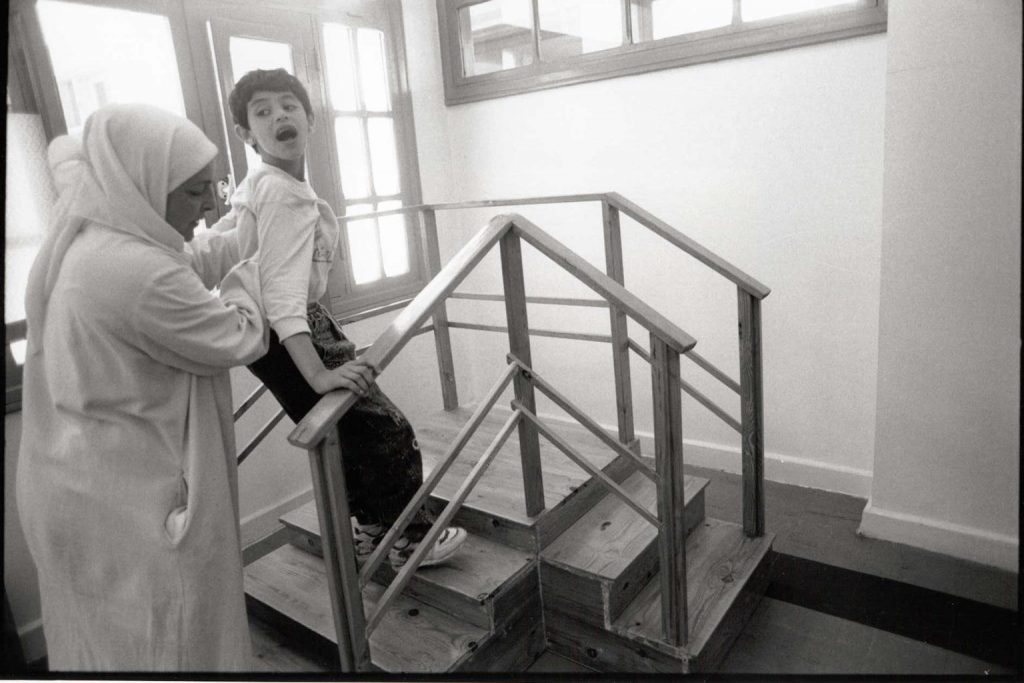
People with non-paralytic forms of polio tend to recover completely. Those who developed severe symptoms and paralysis can also make a full recovery, with medical help and physical therapy.
Although it’s possible to recover from Polio, millions of survivors face the threat of new disabilities which can develop after their original illness.
Post-Polio Syndrome can cause progressive muscle weakness, severe fatigue and muscle pain in survivors. As many as 40% of polio survivors are at the risk of developing Post-Polio Syndrome.
What Countries Have Polio?
The latest country to have officially stopped the endemic transmission of poliovirus is Nigeria, with its last reported case in 2016. Poliovirus has been eradicated in all continents except Asia.
As of 2020, Afghanistan and Pakistan are the only two countries where the disease is still classified as endemic.
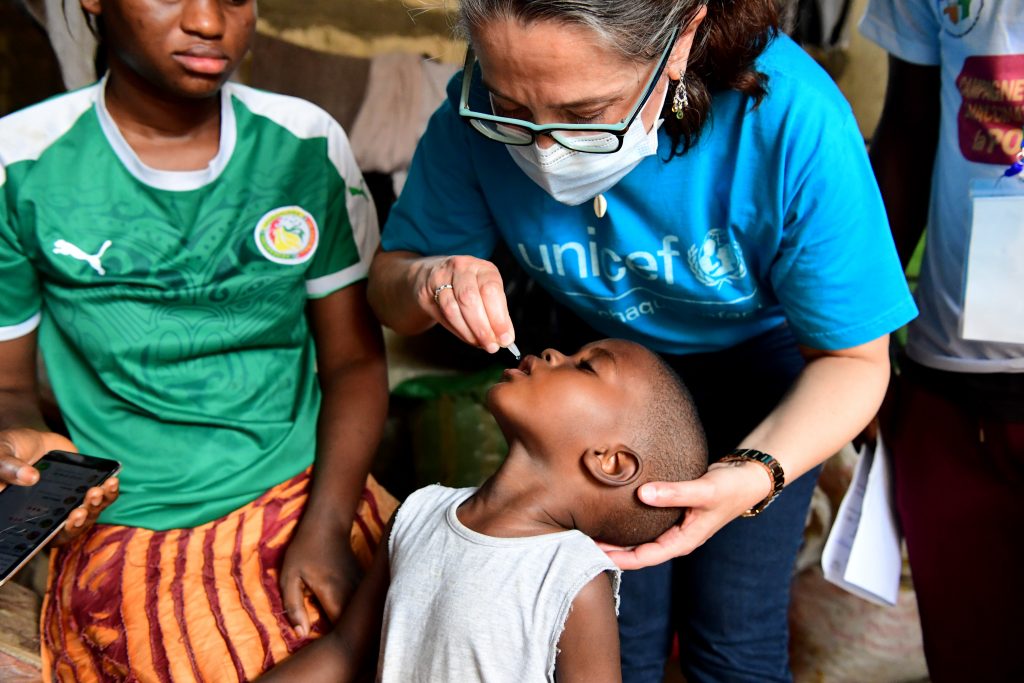
Until poliovirus transmission is interrupted in these countries, all countries remain at risk of Polio, especially vulnerable countries with weak public health and immunisation services.
Key Facts
- Polio (poliomyelitis) mainly affects children under 5 years of age
- 1 in 200 infections leads to irreversible paralysis. Among those paralysed, 5% to 10% die when their breathing muscles become immobilised.
- Cases due to wild poliovirus have decreased by over 99% since 1988.
- As long as a single child remains infected, children in all countries are at risk of contracting polio.
Polio Vaccine
Polio is prevented by vaccination. Since the introduction of the Polio vaccine in the 1950s, infections from the Polio virus have nearly been eradicated.
That said, Polio is still a problem in poor, underdeveloped countries. Infants and children are at the greatest risk of infection, with cases rising during the summer and autumn months.
Vaccinating individuals, especially young children, can lead to lifelong immunity against the disease.
UNICEF’s Work Against Polio
Polio, the deadly viral disease that was once the leading cause of paralysis among children worldwide, is very close to being eradicated. Although it remains an urgent global challenge, it’s one that has been complicated this year due to COVID-19.
As a leading partner of the Global Polio Eradication Initiative (GPEI), UNICEF helps vaccinate over 400 million children globally against Polio every year. Our expertise lies in the supply of safe vaccines, building trust and motivating parents to vaccinate their children against Polio.
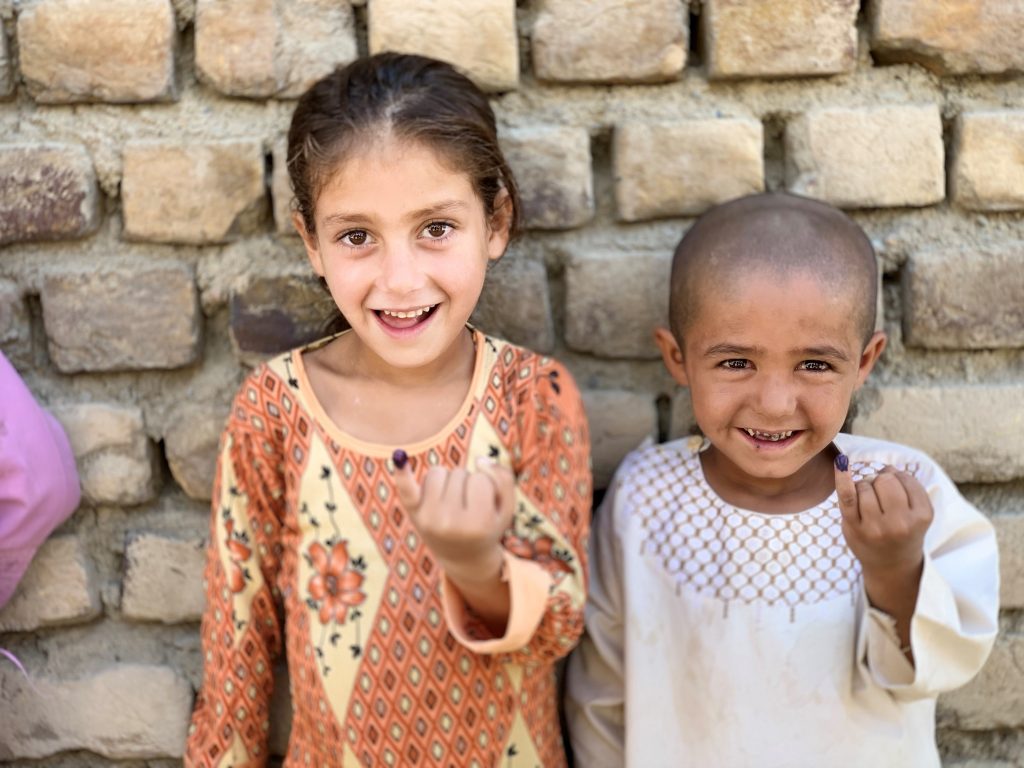
We are close to achieving eradication. Since 1988, the number of children affected by Polio has reduced by 99 per cent – from 350,000 cases in 125 countries, to fewer than 200 cases today in just two countries: Afghanistan and Pakistan.
UNICEF celebrates the efforts of global health workers who are rising above the challenge to protect children, and families, from COVID-19 – all while striving to safely resume polio vaccination campaigns.

